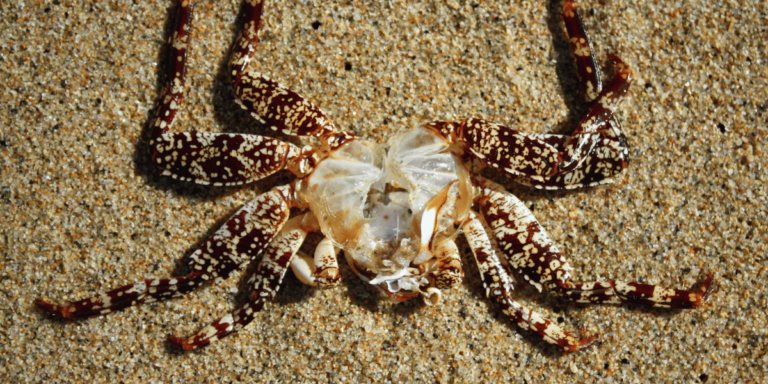Types of Spiders with Interesting Facts | Spider Identification

Spiders can be found virtually everywhere, from the corners of your house to the exterior walls of buildings. Some of these arachnids possess an unsettling appearance that can trigger instant arachnophobia, the fear of spiders. Exhibiting a diverse range of colors, spiders can be brown, red, gray, and even white.
It’s important to note that spiders are not insects; most of them are non-poisonous and rarely pose a threat to humans unless provoked. These arachnids are characterized by their eight legs and two body parts. Moreover, spiders play a crucial role in controlling unwanted insects in your home, such as ants and flies.
This article provides a brief overview of the most common types of spiders, including both poisonous and non-poisonous varieties, along with insights into where you are most likely to come across them.
Types Of Spiders
List of the Most Common Types of Spiders
Poisonous Types of Spiders
- The Black widow
- The Hobo spider
- The Brazillian wandering spider
- The Brown Recluse spider
Nonpoisonous Types of Spiders
- Wolf spiders
- The American house spider
- Orb-weaver spiders
- Daddy longlegs spiders
Each Spider and Noteworthy Details
Poisonous Spiders
Black Widow Spider
Renowned worldwide for its potent venom, the black widow spider causes respiratory difficulties by paralyzing the victim’s lungs. These spiders are prevalent globally, primarily inhabiting temperate regions such as Africa, Southern Europe, Asia, and Australia. The female displays a distinctive shiny abdomen shaped like an hourglass, often with reddish-brown coloration. After mating, the female frequently consumes the male to provide nourishment to her unborn spiderlings.
Hobo Spider
Named for its frequent sightings near railroad tracks, the hobo spider is typically brown and adorned with prominent hairs, especially on its legs. Predominantly found in the Northwestern regions of America, its bites, while non-necrotic, result in symptoms that generally subside within 24 hours.
Brown Recluse Spiders
Measuring an average of 0.25 inches, these poisonous spiders are commonly found in the United States, particularly in states like Kentucky and Georgia. They exhibit long legs, creating an illusion of larger size. Distinguished by violin-shaped markings on their bodies and possessing three pairs of eyes.
Brazilian Wandering Spiders
Often found in banana plants, these spiders, also known as banana spiders, can administer venom affecting the central nervous system of their victims. Notably feared for causing painful erections in men upon biting.
Nonpoisonous Spiders
Wolf Spiders
Named for their hunting techniques resembling those of a wolf, these brown spiders boast excellent vision. They feature a pair of eyes atop their heads on either side, as well as four other eyes.
American House Spider
Characterized by their predominantly gray appearance and round abdomens, these spiders tend to weave their webs in concealed corners of buildings and homes.
Orb Weavers
Distinguished by their daily ritual of building and dismantling large webs to ensnare insects, these spiders typically grow to a size of 2-3 cm and are commonly gray or brown.
Daddy Long Legs
Among the most ubiquitous spider species globally, daddy long legs often construct their webs throughout houses, characterized by their elongated, thin, finger-like appendages at the end of their abdomens.
Key Takeaway
Most spider bites are non-fatal as their venom is primarily intended to incapacitate small creatures like insects. For individuals residing in spider-prone areas or planning vacations to such regions, investing in a spider identification book proves valuable in distinguishing between bites from poisonous and nonpoisonous spiders.





